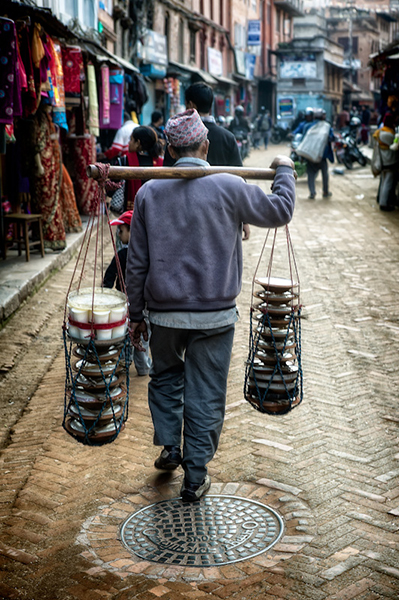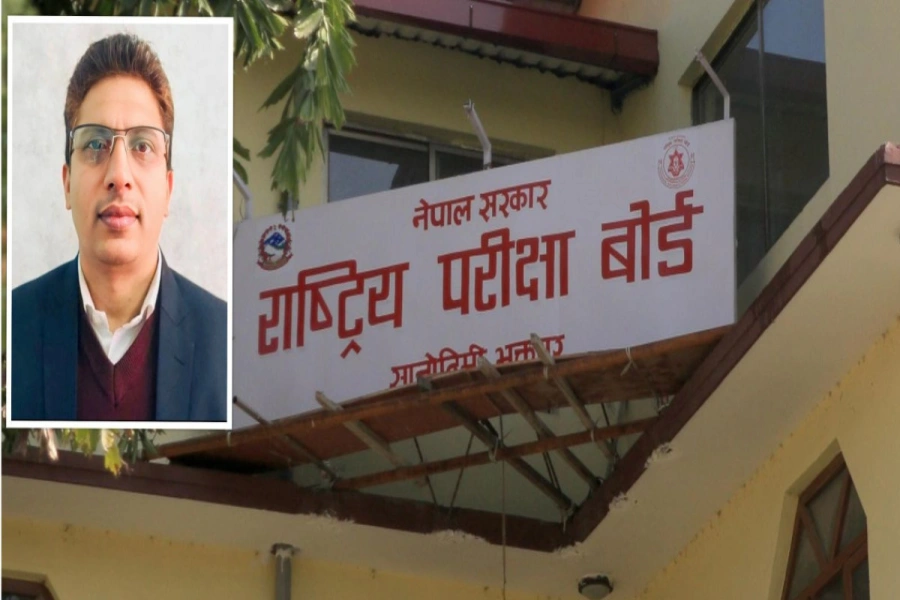Summer is already at our doorstep. Hot season is all about wearing cool breezing clothing and eating food that help you cool down. Comfort food like ice creams, ice gola, and curd are mostly consumed during summer, aside from cold drinks to beat the heat.
The curd known as dahi in Nepali, is mostly used as dessert which has a special relation with the season as well giving comfort with its cooling effect.

IN PICTURES: Making the King of Curd: Juju Dhau

Bhaktapur’s Juju Dhau
Bhaktapur is always added on the chat whenever people talk about dahi. The place, being famous for Juju Dhau, has its own magnificence on the market from all around the capital. Juju Dhau is a Newari term that translates to “The King of Curds” in English. Juju Dhau has been serving the tongues of people over a long time.
Change in tradition
Juju Dhau has been in the tradition for a long period of time. But, it’s making process is not same as before. It used to be made on clay bowl known as Kataro but now, the preparation always include plastic vessels.
The makers of juju dhau have a belief that the taste doesn’t remain the same, if juju dhau is made on plastic bowl. The reason for using plastic bowl is the scarcity Kataro as per the makers from Bhaktapur making the real taste is rare, these days.
“Customers want duju dhau on Kataro instead in the plastic cups,” says Suresh Sainju. Sainju has been selling juju dhau for 15 years. He says it’s also helpful for health if a person eats juju dhau from Kataro.
According to Sainju, every liters of juju dhau used to be sold on Kataro. “However, due to change in course of time and the price, juju dhau is sold on plastic these days,” Sainju added.







































